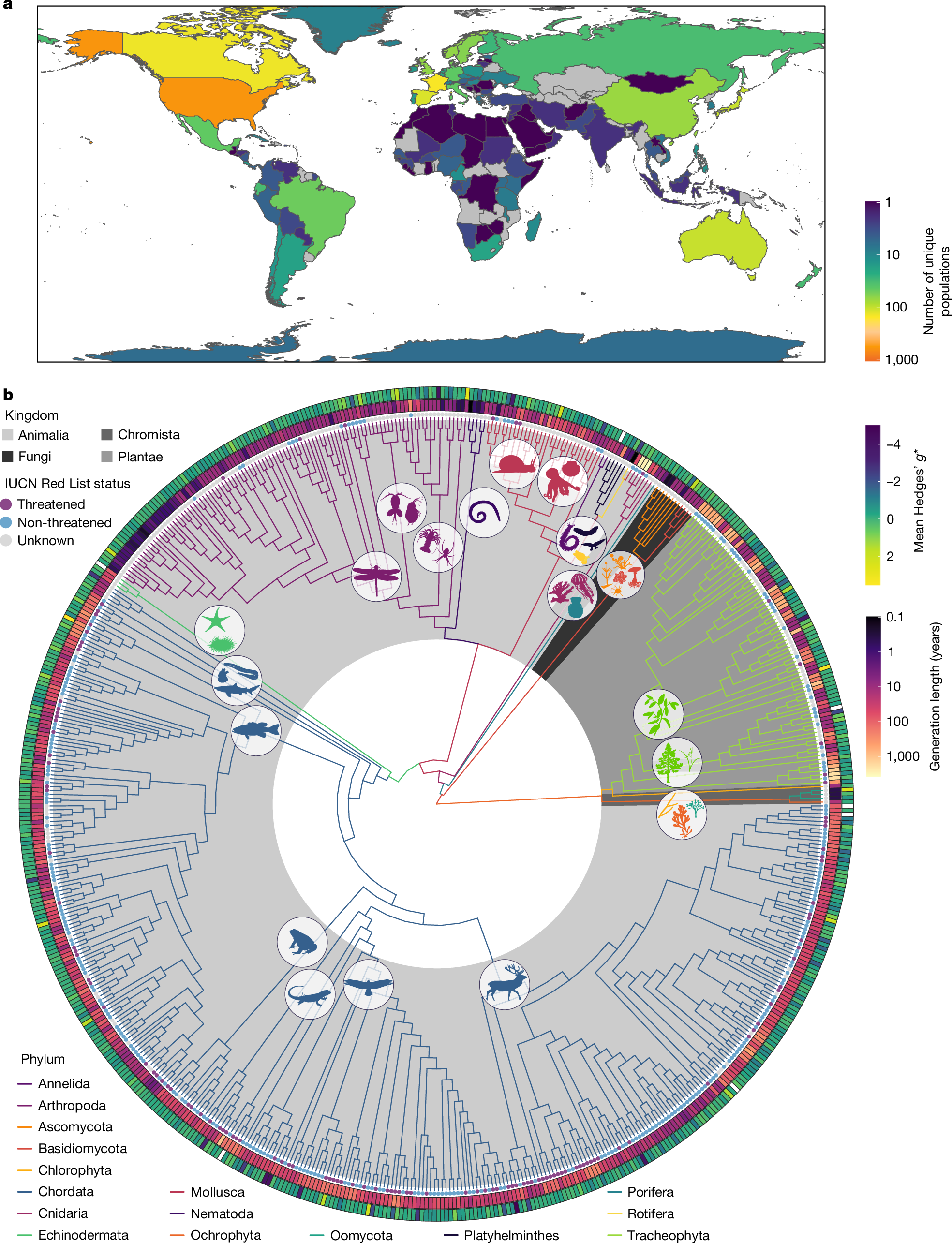2025-01-31 カリフォルニア大学バークレー校(UCB)
<関連情報>
- https://news.berkeley.edu/2025/01/31/life-cycles-of-some-insects-adapt-well-to-a-changing-climate-others-not-so-much/
- https://journals.plos.org/plosbiology/article?id=10.1371/journal.pbio.3002805
気候変動に対する昆虫のサイズ反応は、季節的なタイミングによって標高によって異なる Insect size responses to climate change vary across elevations according to seasonal timing
César R. Nufio,Monica M. Sheffer,Julia M. Smith,Michael T. Troutman,Simran J. Bawa,Ebony D. Taylor,Sean D. Schoville,Caroline M. Williams,Lauren B. Buckley
PLOS Biology Published: January 30, 2025
DOI:https://doi.org/10.1371/journal.pbio.3002805
Abstract
Body size declines are a common response to warming via both plasticity and evolution, but variable size responses have been observed for terrestrial ectotherms. We investigate how temperature-dependent development and growth rates in ectothermic organisms induce variation in size responses. Leveraging long-term data for six montane grasshopper species spanning 1,768–3 901 m, we detect size shifts since ~1960 that depend on elevation and species’ seasonal timing. Size shifts have been concentrated at low elevations, with the early emerging species (those that overwinter as juveniles) increasing in size, while later season species are becoming smaller. Interannual temperature variation accounts for the size shifts. The earliest season species may be able to take advantage of warmer conditions accelerating growth during early spring development, whereas warm temperatures may adversely impact later season species via mechanisms such as increased rates of energy use or thermal stress. Grasshoppers tend to capitalize on warm conditions by both getting bigger and reaching adulthood earlier. Our analysis further reinforces the need to move beyond expectations of universal responses to climate change to consider how environmental exposure and sensitivity vary across elevations and life histories.


